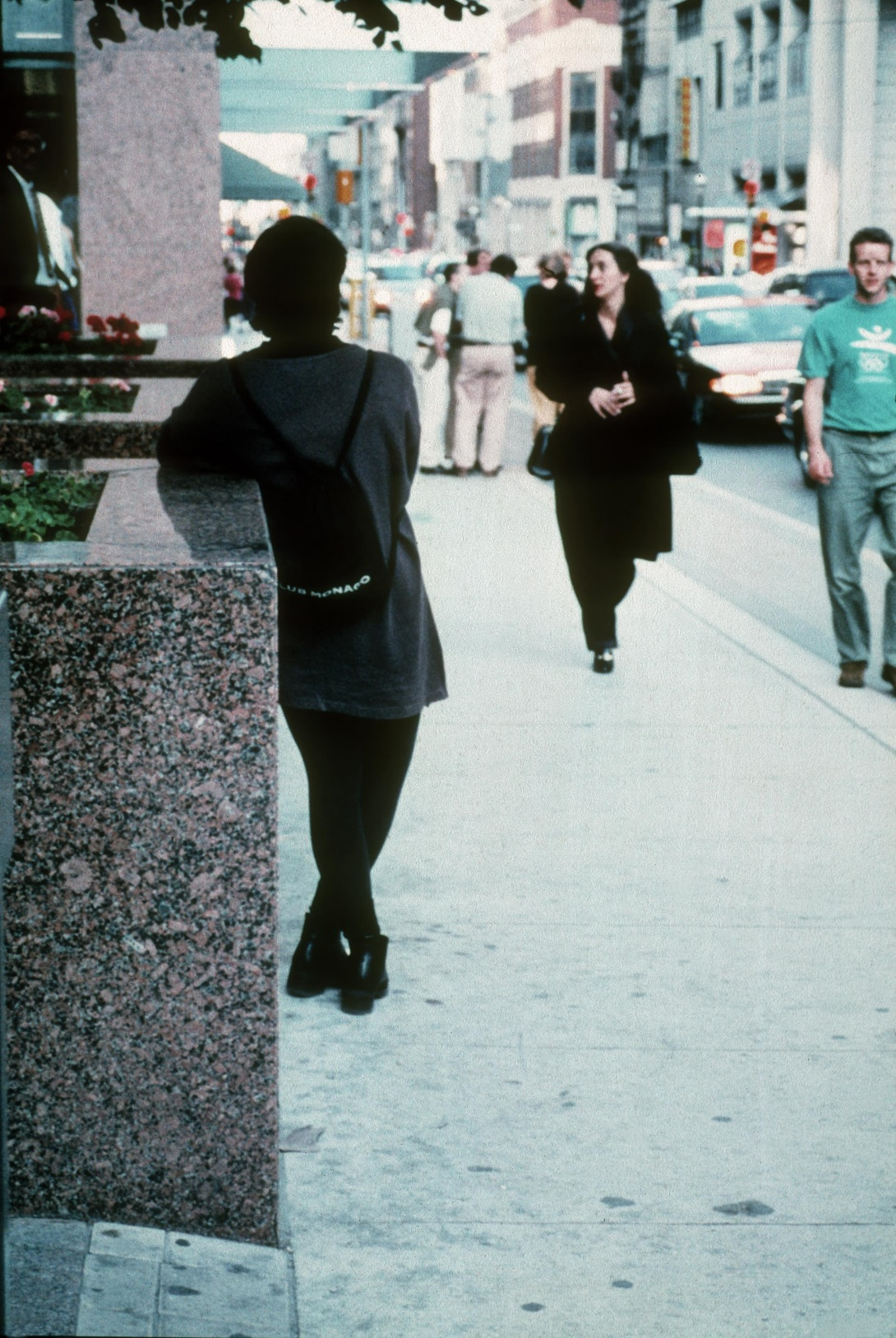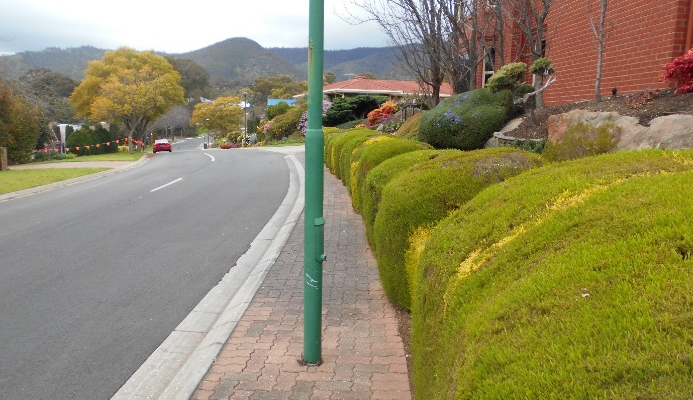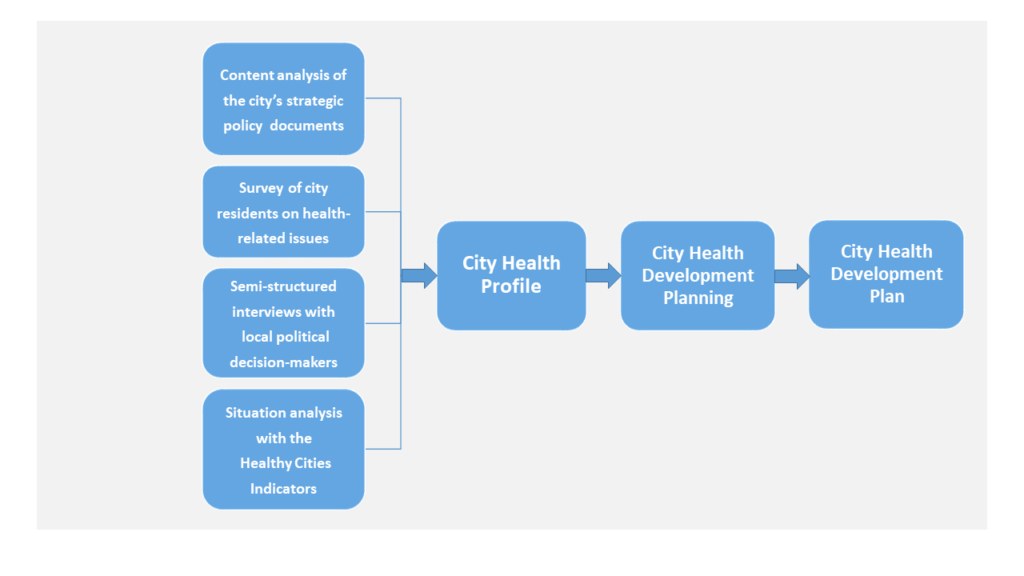City Know-hows

Differences in walking behaviour among racial groups highlight systemic inequalities that affect how and why people walk, pointing to broader issues of transportation and urban planning inequities.
Share
Target audience
Urban planners, public health officials, nonprofit organization leaders
The problem
Walking habits for transportation differ among racial groups in the United States. Non-Hispanic Black and Hispanic people tend to walk more and for longer durations than Non-Hispanic Whites, possibly due to limited transportation options. This raises concerns about underlying systemic inequalities and the need for better policies to improve transportation equity in underserved communities.
What we did and why
I analyzed data from the American Time Use Survey (2003-2019) to understand how walking habits for transportation differ among racial groups in the U.S. I used statistical models to compare the likelihood and duration of walking trips among Non-Hispanic Black, Hispanic, and Non-Hispanic White people. The goal was to uncover potential systemic inequalities and inform policies to improve transportation equity in underserved communities.
Our study’s contribution
Unlike previous inconclusive findings, this extensive analysis of national data highlights systemic inequalities in transportation, emphasizing the need for targeted policies to improve transportation equity and walkability in minority neighbourhoods.
Impacts for city policy and practice
The study suggests that policies should focus on improving transportation options and walkability in minority neighbourhoods to address systemic inequalities. Enhancing public transportation, pedestrian infrastructure, and safety can provide better mobility and access to opportunities for Non-Hispanic Black and Hispanic communities. This approach can promote transportation equity and improve the quality of life for underserved populations.
Further information
Full research article:
Related posts

Australian pilot study finds a Healthy Urban Transition Tool can assess the liveability of urban environments and assist in transitioning neighborhoods towards improving the social determinants of health and health equity.

I use the travelogue methodology to investigate urban health and sustainable development in relation to the Mekong River in northeastern Thailand, revealing new insights and bringing travel to urban areas near the river into knowledge production.

Let’s make our cities health-supporting settings! Hungarian members of the WHO European Healthy Cities Network have developed a city health planning methodology based on two decades of fieldwork. It offers a solution for health experts and decision-makers to bridge the gap between local health needs and challenges in implementing community health initiatives.